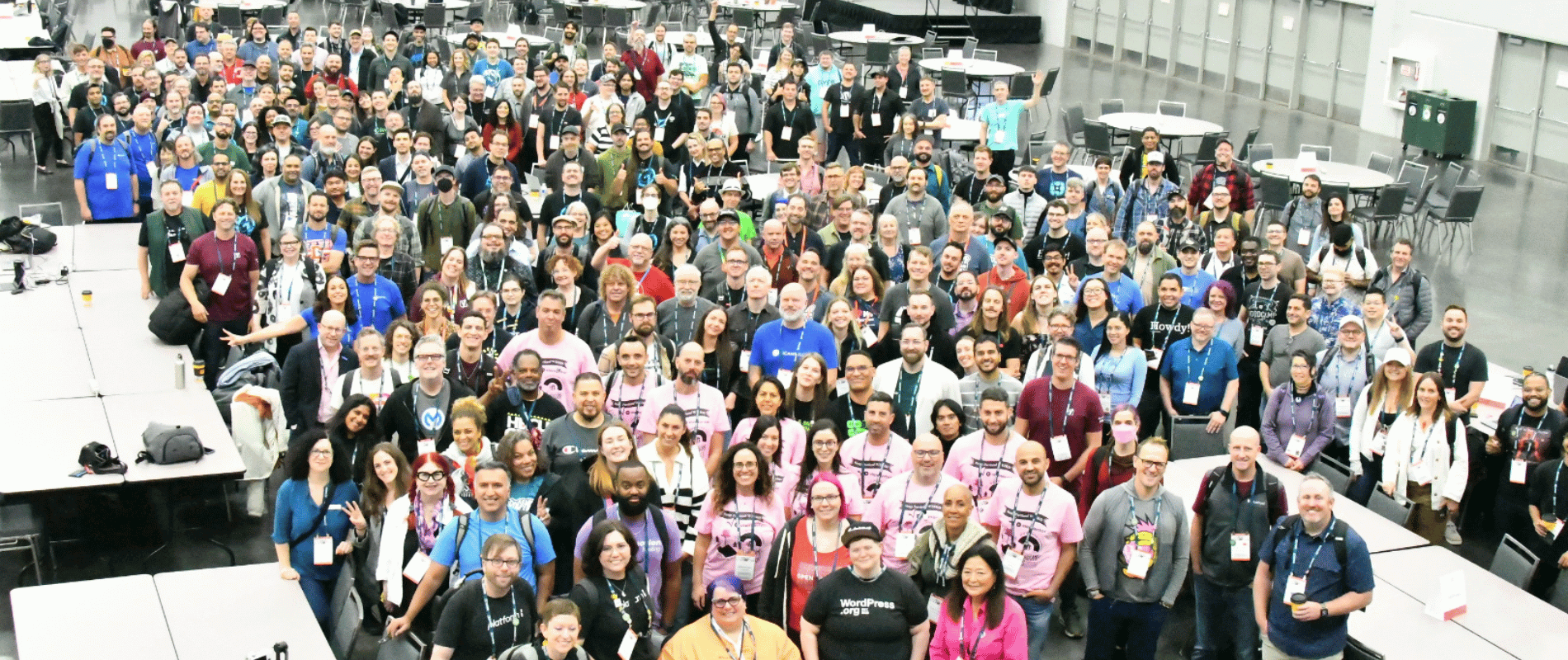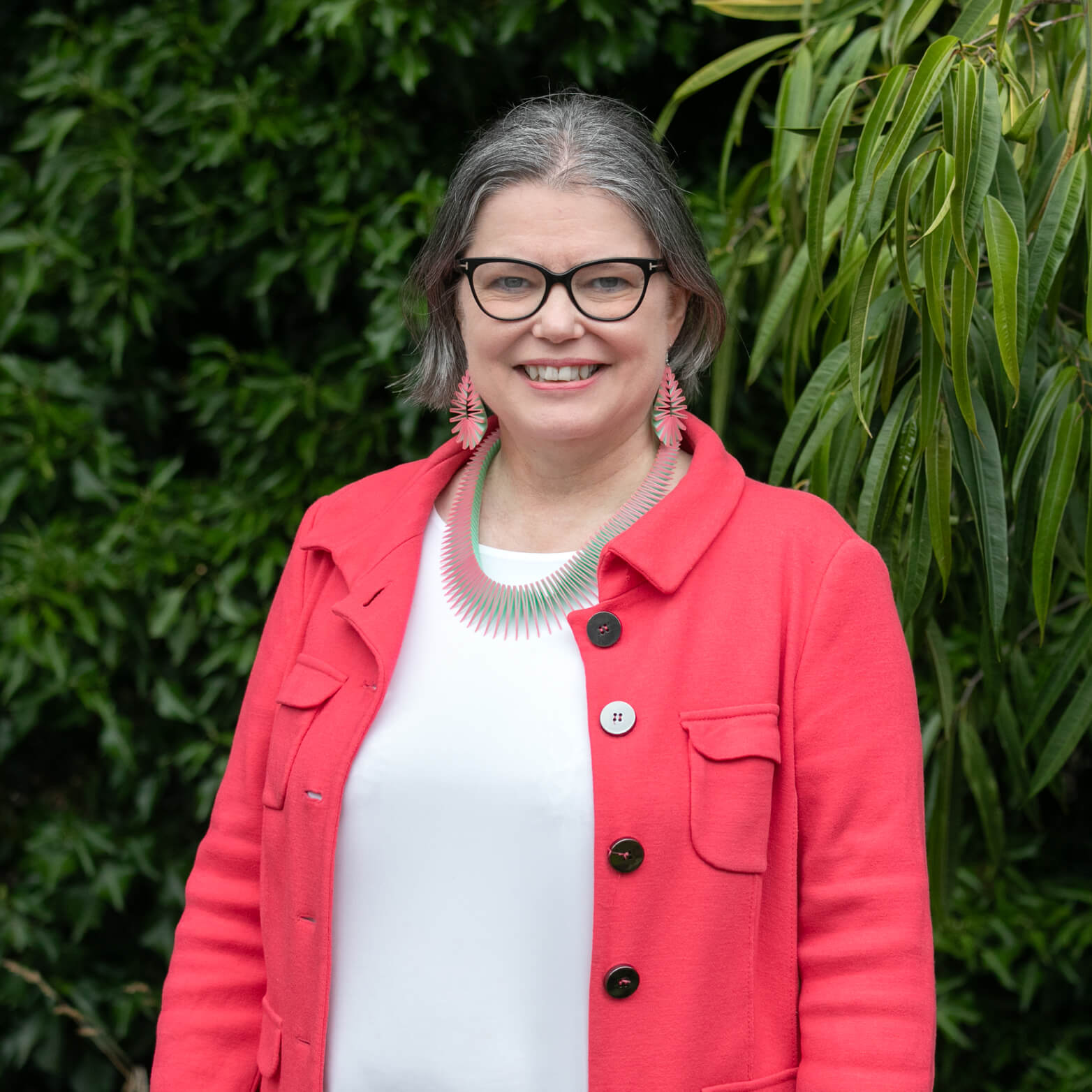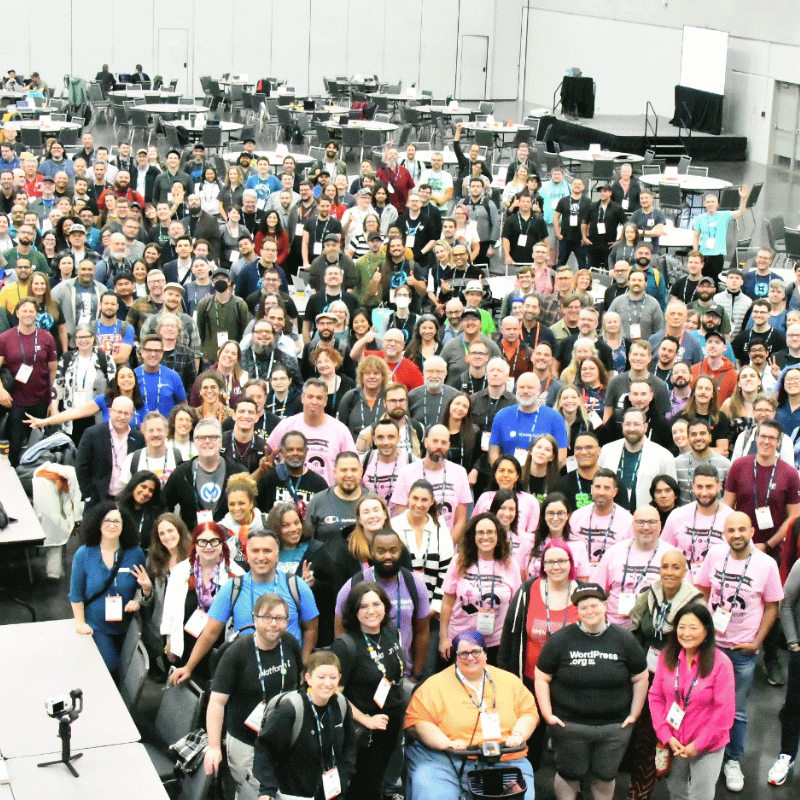
What it means for the future of a Green WordPress
WordPress’s sustainability initiatives have hit a significant roadblock in a surprising move that has sent ripples through the WordPress community. The recent dissolution of the WordPress Sustainability Team marks a shift in direction for the platform that powers nearly half of the internet’s top websites.
The impact of WordPress on global digital infrastructure
With approximately 500 million websites running on WordPress, representing 43% of all websites globally, the platform’s technical decisions have far-reaching implications for internet sustainability.
Every optimisation, every line of code, and every performance improvement can have a multiplicative effect on global energy consumption and carbon emissions.
A brief history of the WordPress sustainability team efforts
The WordPress Sustainability Team, formed in 2023, represented a forward-thinking approach to addressing WordPress’s environmental impact.
Our founder, Louise Towler, attended the sustainability table during WordPress Contributor Day at WordCamp Europe and led the table at WordCamp US.
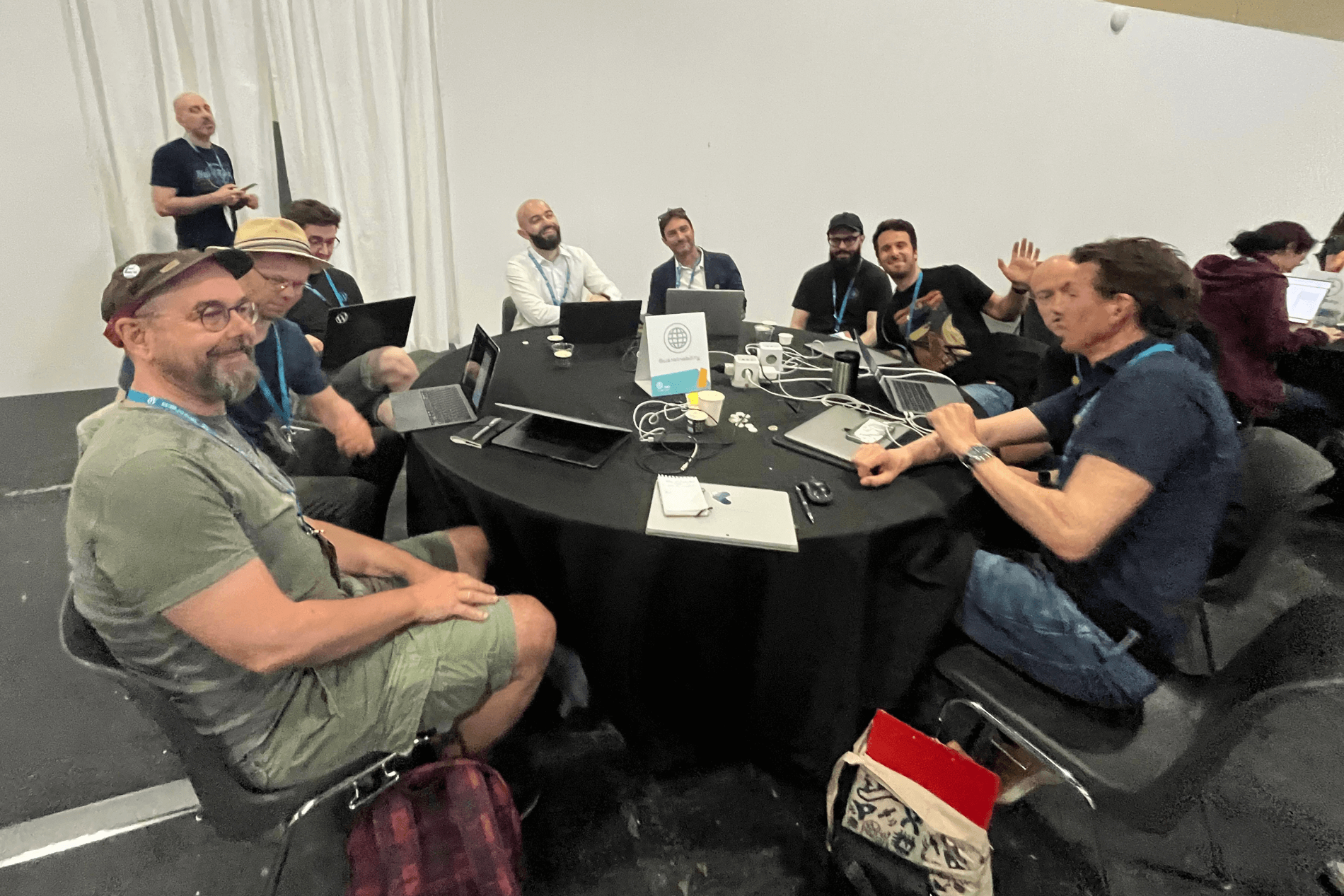
At the WCEU Contributor Day in 2024, she saw first-hand firsthand the passion and dedication of community members working to make WordPress more environmentally responsible. These contributor sessions demonstrated the grassroots enthusiasm for sustainability within the WordPress community, bringing together developers, designers, and business owners who shared a vision for a greener WordPress.
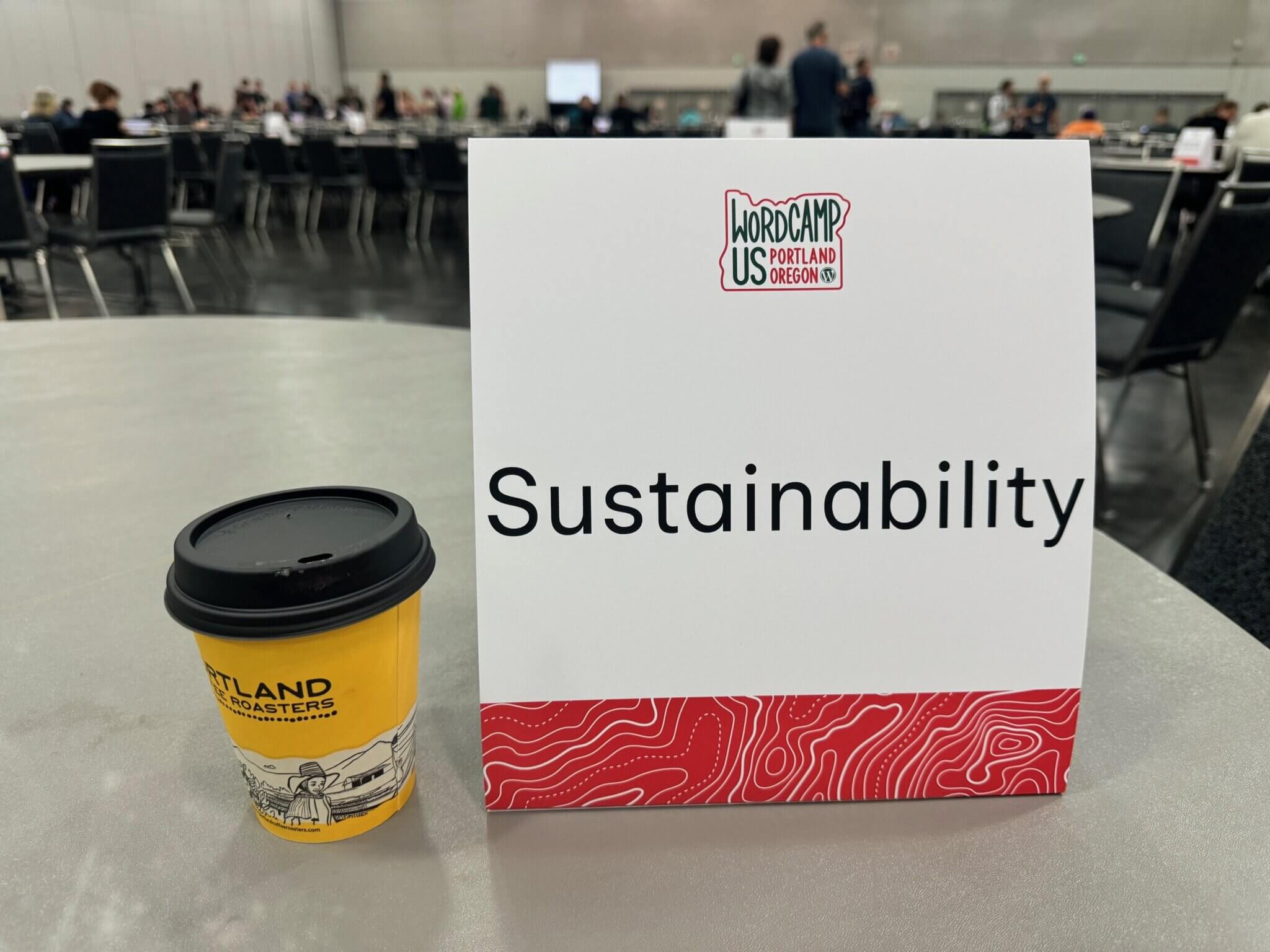
At WCUS Contributor Day in 2024, Louise chatted with the Hosting table about changes that can be made to reduce the server resources required within data centres and helped them produce advice for hosing companies.
The challenging road ahead
WordPress co-founder Matt Mullenweg announced the team’s disbanding on January 8, 2025, raising important questions about the future of sustainable WordPress web development.
This decision comes at a particularly poignant time, as California – home to Automattic’s headquarters – continues to face unprecedented environmental challenges, including devastating wildfires that serve as stark reminders of climate change’s immediate impact.
Community response and alternative paths forward
The WordPress community’s reaction to this decision has been swift and largely critical. Having been directly involved in sustainability initiatives through our participation in WordCamp contributor days, we’ve seen the deep commitment of community members to environmental responsibility.
Many developers and agencies have emphasised their commitment to sustainable practices, regardless of official support. This grassroots determination suggests that the movement toward sustainable WordPress websites will continue, albeit through different channels.
Performance team’s role and technical implications
The WordPress Performance Team, which remains active, has been focusing on core optimisation efforts that inherently overlap with sustainability goals.
The performance team’s work on reducing server response times, optimising database queries, and improving caching mechanisms contributes to reducing the platform’s environmental impact. However, while performance optimisation alone is valuable, it addresses only one aspect of digital sustainability.
The broader sustainability conversation in web development extends beyond performance metrics to encompass:
- Performance Optimisation: Efficient code that requires fewer server resources.
- User Experience: Faster loading times and better accessibility.
- Economic Sustainability: Reduced hosting costs and energy consumption.
- Social Responsibility: Meeting growing consumer expectations for environmental leadership.
The role of developers and agencies
While institutional support for sustainability in WordPress may have weakened, individual developers and agencies can fill the gap. Many are implementing their own sustainability metrics, carbon calculators, and optimisation techniques.
These tools and practices demonstrate that sustainable web development isn’t just an idealistic goal—it’s a practical and achievable reality.
Practical steps for WordPress developers
Developers can take several immediate steps to maintain momentum on sustainability:
- Implement performance optimisation best practices
- Use green hosting providers
- Monitor and reduce website carbon emissions
- Share knowledge and tools with the broader community
- Educate clients about the benefits of sustainable web development
Looking beyond WordPress
This development serves as a reminder that relying solely on platform-level initiatives for sustainability may not be sufficient. The WordPress community needs to consider:
- Independent sustainability standards and certifications
- Open-source tools for measuring and reducing digital carbon footprints
- Cross-platform collaboration on environmental best practices
- Education and awareness programs for developers and clients
The business case for sustainable web development
Despite this setback, the business case for sustainable web development remains strong. Companies increasingly recognise that environmental responsibility is not just about ethics, it’s about competitive advantage.
Sustainable websites often perform better, cost less to host, and appeal to environmentally conscious businesses and consumers.
Moving forward
The dissolution of the WordPress Sustainability Team doesn’t mean the end of sustainable web development. Instead, it highlights the need for a more distributed, community-driven approach to digital sustainability.
This is an opportunity for the community to demonstrate its resilience and commitment to environmental responsibility.
The future of sustainable web development doesn’t depend on any single organisation or team – it depends on the collective efforts of designers, developers, agencies, and users who understand that digital sustainability is not a nice to have. It is a must-have.
As we move forward, we should focus on building and maintaining momentum through grassroots efforts, technical innovation, and the continued promotion of sustainable website design.
Stay in the know
Sign up for our mailing list – we’ll share industry insights, product updates and company news.
"*" indicates required fields

